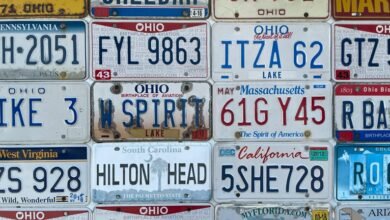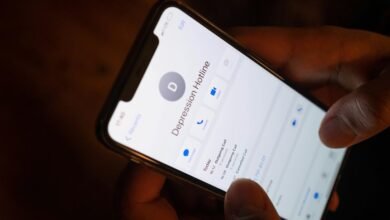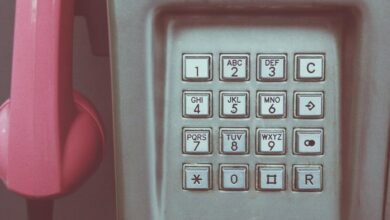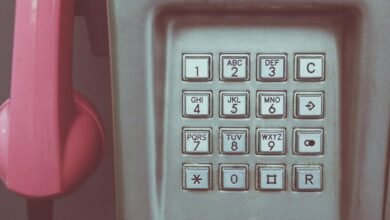Verify Who Called You From 5403403769, 5403907253, 5405538041, 5405737909, 5407074097, and 5408952713

Numerous individuals have reported receiving calls from the numbers 5403403769, 5403907253, 5405538041, 5405737909, 5407074097, and 5408952713. Understanding the implications of these calls is crucial. The area code can provide context, but the true identification of these callers often requires additional tools. Engaging with caller identification apps or reverse lookup services may reveal essential information. How one approaches these calls can significantly impact their security and peace of mind.
Understanding the Area Code and Its Significance
Area codes serve as numerical identifiers that facilitate the routing of telephone calls within specific geographic regions.
Their significance lies in enabling efficient regional dialing, allowing callers to connect locally or long-distance.
Understanding area codes helps individuals recognize the origin of calls, fostering informed communication choices.
This knowledge empowers users with the freedom to discern potential relevance and authenticity in their telephone interactions.
Tools and Resources for Identifying Unknown Callers
Numerous tools and resources are available to assist individuals in identifying unknown callers, enhancing their ability to make informed decisions about phone communications.
Caller identification apps provide real-time data on incoming calls, while reverse phone lookup services allow users to trace numbers to their owners.
These resources empower users to discern the legitimacy of calls, fostering a sense of security in their telecommunications.
Tips for Handling Suspicious Calls
How can individuals effectively manage suspicious calls that disrupt their peace of mind?
Implementing call screening techniques is essential. Utilizing caller ID can help identify unknown numbers before answering.
If a call seems suspicious, one should refrain from providing personal information and consider blocking the number.
Additionally, reporting such calls to relevant authorities can aid in preventing future disturbances and safeguarding personal freedom.
Conclusion
In an age where information is paramount, discerning the legitimacy of calls from unfamiliar numbers is crucial. By employing caller identification tools and reverse lookup services, individuals can navigate the murky waters of potential scams with greater confidence. Ultimately, the question remains: is it worth risking personal security for the sake of curiosity? Vigilance and informed decision-making are not just prudent; they are essential shields in protecting oneself from the ever-evolving landscape of telecommunication threats.




